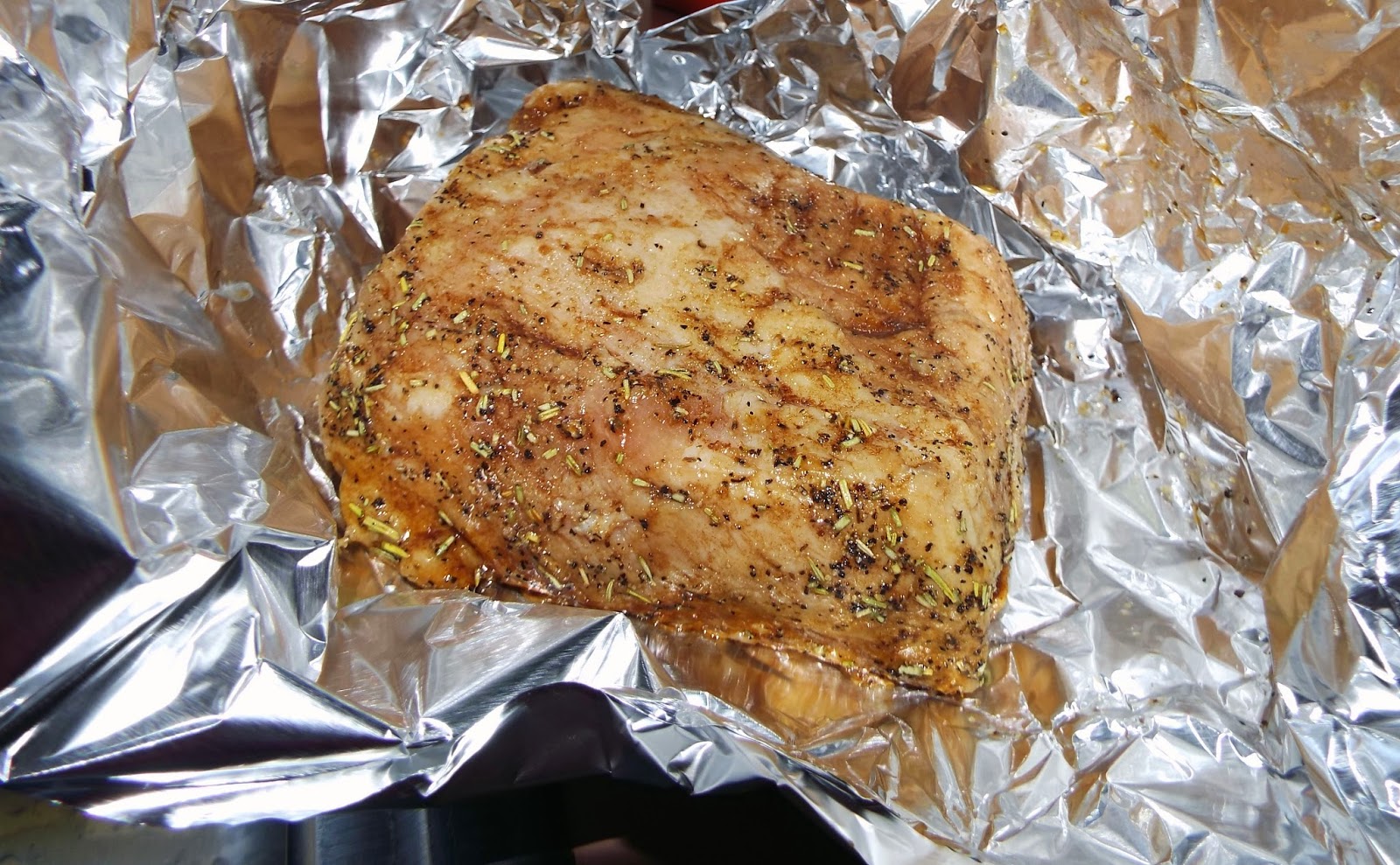The recipe makes four servings and calls for:
1 lb apples, quartered, cored, and thinly sliced
2 Tbs water
1/4 Tsp ground allspice
1/3 C light cream cheese, softened
1/2 C white cheddar cheese, shredded
2 oval multi-grain wraps
1/4 C chopped walnuts or slivered almonds
Nonstick spray
Now, since I knew I would make this just for myself, I looked for a small wrap, one with relatively few carbohydrates. I also decided to try a plain flour wrap, just in case I found this wasn't quite as good as it was at the taste-in.
This decision did have some consequences, which will become apparent later on.
For my single serving, I used 1/4 lb of apple -- essentially, one small Macintosh apple. I weigh the apple before I core it and use that as the amount of apple (or other fruit) I'm going to use. In a pot or skillet, combine apple slices, water (I used 1/2 Tbs water) and allspice. Feel free to substitute other spices if you like. I used cinnamon and nutmeg instead of allspice.
Cover and cook over medium heat about 6 minutes or until apples are tender, stirring occasionally. Uncover and cook for about 1 minute more or until liquid is evaporated.
Spread the cream cheese on the wraps. I used about 1 1/2 Tbs of cream cheese for the wrap, though technically, 1/4 of 1/3 cup is about 1 1/3 Tbs (aka, 1 tablespoon, 1 teaspoon). When spreading the cheese, leave approximately 1/2 inch border or the cheese will run! Top with the apple mix and sprinkle with the cheddar cheese and walnuts (or almonds). For a single serving, I used 2 Tbs of cheese and 1 Tbs of chopped walnuts. Fold the wrap and lightly spray the top with a nonstick spray.
Heat your nonstick griddle or skillet over medium heat and add the wrap with the coated side down. Coat the top of the wrap with the spray and cook for about 6 to 10 minutes or until lightly browned. Turn once during cooking to brown both sides evenly.
If you're using large wraps, cut them into wedges to serve. The recipe as given makes 4 (1/2 of wrap) servings.
In this last photo, you can see the problem I had with using the small wraps: I had spillage. Folding the wrap was difficult and I had to stick the stuffing back into the wrap. I also found that using the small wrap meant that leaving a half-inch border with no cream cheese meant that the cream cheese was quite thick in the center. One saving grace was the choice of the plain flour wrap. Using that instead of the multi-grain wrap meant the flavors of the cheese and apple came through while the wrap was relegated to the background. This recipe can be made vegan by using the vegan versions of the cheeses (vegan cheddar and cream cheese), which is also helpful for anyone who is lactose intolerant.
I do recommend this recipe, though if you're going to make it, I would recommend using the larger wraps and cutting it in half. Don't be afraid to experiment with spices, different types of apples, wraps, and cheeses. There are numerous possibilities!
According to the recipe book, each serving has approximately 249 calories, 14 grams total fat, 26 grams total carbohydrates, 8 grams fiber, and 11 grams protein. This will vary depending on your choices of (primarily) wraps and cheeses, so don't forget to make your own carbohydrate calculations before you inject insulin. Otherwise, enjoy!


























